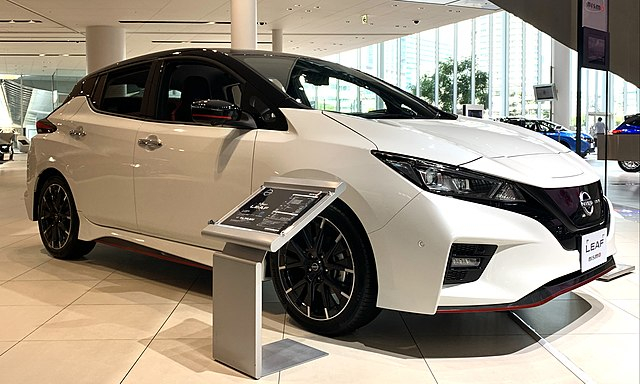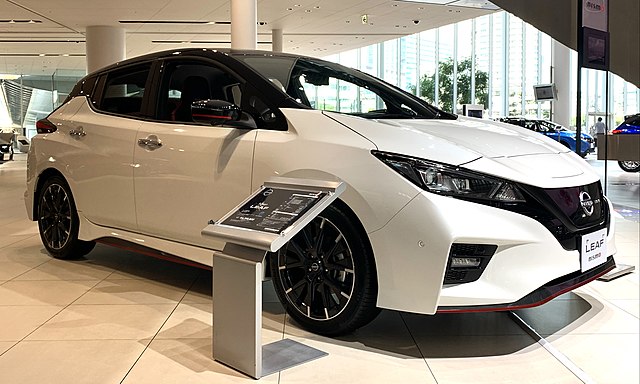2023 has seen an exciting new development in the quest to electrify our roads: a flurry of announcements promising US drivers cheaper electric car models, widening the accessibility of electric vehicles to ever more Americans. Let’s explore the evolution of EVs being a luxury only some could afford versus the newer, budget friendly options that are accessible to many today.
Budget Friendly Options
Some of these affordable options are already here – Chevrolet’s 2023 Bolt is retailing at a starting price of around $27,500, sadly, GM is planning on
scrapping the widely popular model altogether next year, but there are other affordable EVs that are starting to roll out. The Nissan Leaf is currently available from $28,000. Newcomer Fisker is planning on releasing its cheapest model at $29,900 in 2024. Even Tesla is considering taking a detour from its pricier sound systems, gadgets and driving range for more affordable options.
Better EV Markets
The long-awaited turn of events has finally arrived; EV prices are starting to drop. Its reason is a matter of economic principles, the market for EVs is starting to improve. Where manufacturers were selling at a loss in the first decade or so of electrification, things are finally starting to look up. Putting it simply, the growing market demands with more cost-effective manufacturing components are bringing on a rise in sales.
Government Subsidies
Automakers have been receiving public subsidies for building battery and car manufacturing facilities around the country, with bills being passed on both state and federal levels. The historic home of the US motor industry,
Michigan, for example, spent many millions boosting EV production last year, whereas Georgia invested heavily in start-up EV truck brand Rivian.
Raw Battery Components are Getting Cheaper
Since the beginning of 2023, the price of lithium has gone down, as have the prices of cobalt and copper. This development has confused experts, leading to a lot of guessing but no proven theories so far. Whatever the reason, the impact on car prices has been on the positive side. Unfortunately, the price of raw components is still largely unpredictable due to
supply chain disruptions, and geopolitical tensions surrounding the mining of minerals critical to EV battery manufacturing. Any change for the worse could potentially throw a wrench in the works, hiking the prices of battery components back up again.
EV Sales are Rising
Americans are more willing than ever to embrace EVs as a viable mode of transportation. Just look at the numbers. In California alone, there are now 1.5 million EVs on the road. With that impressive number, the state is way ahead of its own electrification goals. But sales are not just rising in the sunshine state.
The whole world is taking action, and it’s having an overall positive effect on the price of electric vehicles. Where earlier models required automakers to pour vast amounts of money into development, lacking the sales to justify the investment, it’s no wonder those models were so pricey. Now that demand is rising, prices are starting drop, and those steadily dropping prices are good for all of us!





